Paid for by the Bourbon County Republicans, Donna Banwart, treasurer.
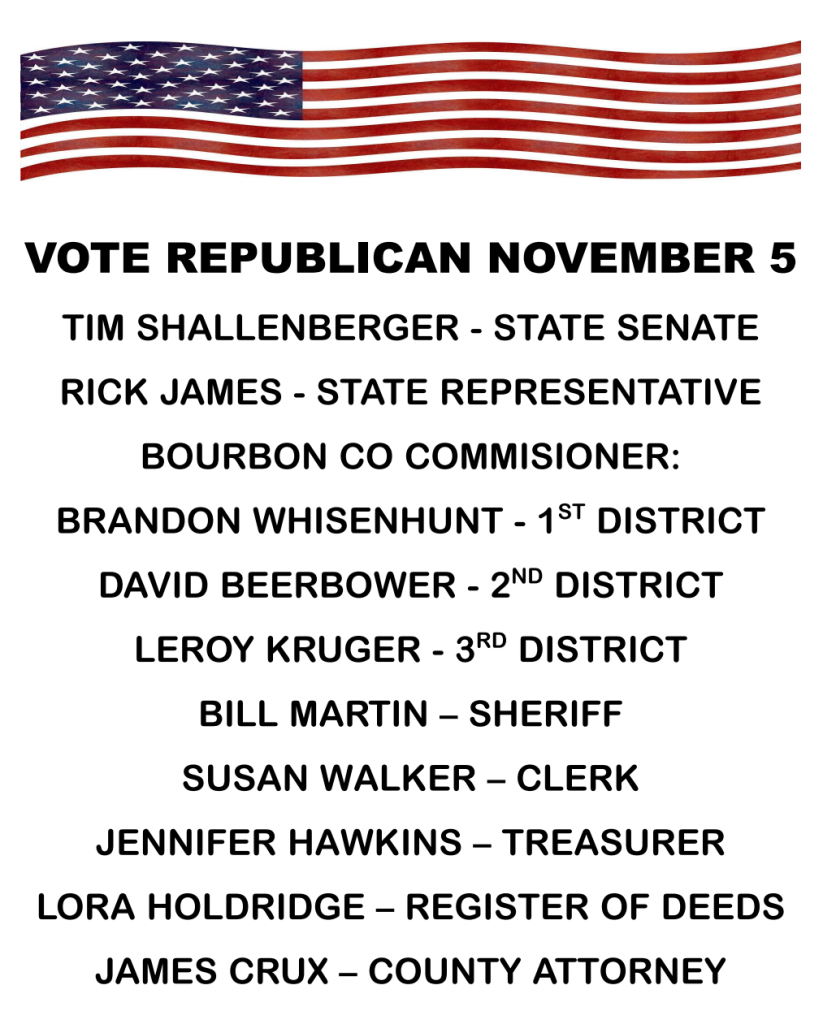
Paid for by the Bourbon County Republicans, Donna Banwart, treasurer.

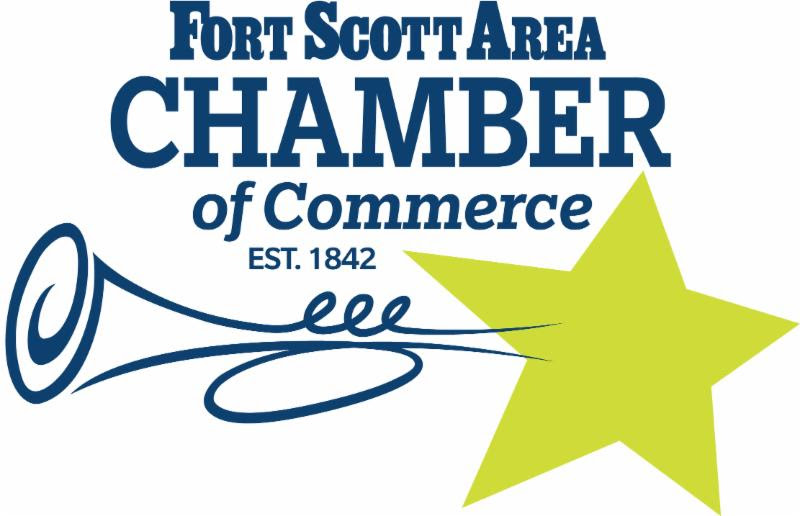
|
|
|
|
|
|
|
|
|
|
|
|
|
|
|
TOPEKA – The State of Kansas ends October with total tax collections at $668.2 million. That is $23.4 million, or 3.4%, below the estimate. Total tax collections are down 2.5% from October 2023.
Individual income tax collections were $311.5 million. That is $1.5 million, or 0.5% above the estimate, and up 4.3% from October 2023. Corporate income tax collections were $38.1 million. That is $21.9 million, or 36.5% below the estimate, and down 33.7% from October 2023.
Combined retail sales and compensating use tax receipts were $294.6 million, which is $3.4 million, or 1.1% below the estimate, and down $11.4 million, or 3.7%, from October 2023.
The Consensus Revenue Estimating Group, comprised of the Department of Revenue, Division of Budget, Legislative Research Department, and economists from the University of Kansas, Kansas State University, and Wichita State University will meet on Nov. 15.
Click here to view the October 2024 revenue numbers.
###
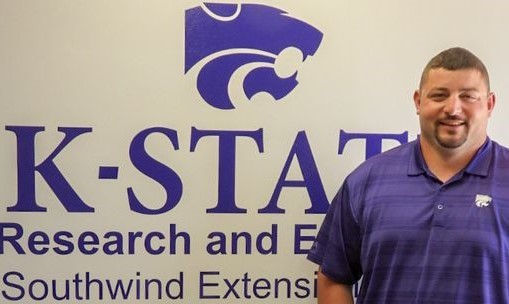
According to the most recent USDA report released on October 13, about 68% of Kansas wheat has been planted this fall, near the 5-year average of 66%. While the planted average is at or slightly above the 5-yr mean, crop emergence is at or slightly below the 5-yr mean at 36% (versus 38%).
From here until the end of the planting season, some producers may have delayed planting for different reasons, including harvesting a summer crop during October or having dry soils and waiting for precipitation before seeding. The slight delay in emergence is also likely due to dry soils. In this context, it is important to remember that even for wheat crops planted at the right time but in the absence of moisture for germination, the effective planting date is delayed since this will be when the crop actually emerges. Planting wheat in late October-early November is within the acceptable range in the southeast and far south-central Kansas. In other areas of the state, this is later than desirable and later than the cutoff date for full crop insurance benefits. Although good yields may still be reached when wheat is planted outside the optimal planting window, late-planted wheat is often subjected to colder fall temperatures. It has less time to tiller before winter dormancy, which can reduce wheat yield potential and increase the risks of winter injury. Under these circumstances, some management adjustments can be made to compensate for the consequences of late planting. These adjustments include:
Increase the seeding rate. Late-planted wheat tends to produce fewer tillers during the fall than wheat planted at the optimal time. Fall tillers are generally more productive than spring tillers, contributing more to the crop’s yield potential. Therefore, increasing seeding rates is necessary to compensate for the reduced tillering. Wheat seeding rates for Kansas vary depending on the precipitation zone and increase from west to east. Likewise, for every week planting is delayed from the end of the range of optimal planting date, seeding rates should be increased by about 150,000 – 225,000 seeds per acre (or 10 to 15 lb/acre) in western Kansas, or 225,000 – 300,000 seeds per acre (15 – 20 lb/acre) in eastern Kansas. Final seeding rate should not be above 90-100 pounds per acre in western Kansas and 120-130 pounds in eastern and central Kansas for grain-only wheat production, as extremely high seeding rates can increase the potential for lodging and increase crop water demand early in the cycle, possibly resulting in more severe drought stress later during reproductive stages (this is referred to as ‘haying off’, and happened frequently during the 2023-24 season in crops that had high fall biomass production followed by limited spring precipitation). Similarly, planting early in the growing season results in more fall wheat growth and moisture use.
To determine the row length needed for one square foot based on row spacing, divide 12 by the row spacing of your field. For example, if row spacing is 7.5 inches, 12/7.5 = 1.6 feet, or 19.2 inches of row are needed to be equivalent to one square foot.
Maintain the optimal planting depth (1 to 1.5 inches deep). Wheat needs at least 4 to 5 leaves and 1 to 2 tillers before winter dormancy for maximum cold tolerance. Late-planted wheat will most likely have fewer tillers and leaves than wheat planted at the optimal timing and, therefore, will be more susceptible to winter kill. It is important to plant wheat at the normal planting depth (1 to 1.5 inches below the soil surface) to ensure good root development and anchorage and crown insulation by the soil during the winter, increasing the chances of winter survival. Shallow-planted wheat is at greater risk of winter injury. If the seed is placed too deeply, it may not have enough vigor in cold soils to emerge well.
Place starter phosphorus (P) fertilizer with the seed. Phosphate-based starter fertilizer promotes early-season wheat growth and tillering, which can help compensate for the delayed sowing date. Additionally, P is less available under colder soil temperatures, which can result in P deficiency under cold weather conditions. When planting late, producers should strongly consider using about 20-30 lbs/acre of P fertilizer (11-52-0 or 18-46-0) directly with the seed, regardless of soil P levels. This placement method is more effective than other application methods at that time of year. The later the planting date, the slower fall root development is. The closer the fertilizer is to the seed, the sooner the plant roots reach it. The four situations when in-furrow P is considered “money in the bank” are (i) late-planted wheat crops, (ii) wheat crops planted for grazing, (iii) wheat planted in acidic soils, and (iv) soils deficient in P.
Use fungicide seed treatment or plant certified seed. Late-planted wheat is sown into colder soils, generally increasing the time needed for germination and emergence. Consequently, there is increased potential for seed and soil-borne diseases that affect seedlings and early-season wheat development. Fungicide seed treatment can protect the seed and seedlings during the extended time they are subjected to potential seedling diseases, improving stand establishment under poor growing conditions. It is important that the seed treatment thoroughly coats the seeds to ensure good protection. For fungicide seed treatment options, please refer to the most current version of the K-State fungicide seed treatment chart available at: https://www.bookstore.ksre.ksu.edu/pubs/MF2955.pdf
Variety selection. It is probably too late to change which wheat variety to plant this fall. However, a few points to consider when it is known that wheat will be planted late (e.g. when planning to sow wheat following soybeans) are tillering ability and maturity. A variety with good tillering ability may offset some of the consequences of late planting, as it might still produce one or two tillers during the fall, whereas a low-tillering variety may produce none. Some varieties are known for not tillering well in the spring and requiring good fall tiller production (for example, the variety Everest). Avoid planting these varieties in fields that will be planted late. Also, late-planted wheat typically needs to catch up in development going into the winter, which might translate into slower development in the spring. This delay can result in plants being exposed to moisture stress, especially heat stress, during grain filling, reducing the duration of the grain filling period. Thus, selecting an early-maturity variety with good yield potential may offset, to some extent, the consequences of late planting by decreasing the chances of a grain-filling period subjected to warmer temperatures. Many K-State wheat variety trials are planted late after a previous soybean crop in eastern KS. A good way to select a variety to perform under these conditions is to filter through the results of these variety trials and select varieties performing well in your region when planted late.
Lonnie Mengarelli is a K-State Research and Extension Agriculture agent assigned to Southwind District. He may be reached at [email protected] or 620-223-3720
K-State Research and Extension is an equal opportunity provider and employer.
Romulo Lollato, Wheat and Forages Specialist
[email protected]
John Holman, Cropping Systems Agronomist – Garden City
[email protected]
Lucas Haag, Area Agronomist – Colby
[email protected]
TOPEKA – The Department of Commerce announced today that the Kansas Arts Commission (KAC) is accepting nominations for the 2025 Kansas Governor’s Arts Awards. Nominations for these prestigious honors will be accepted through Friday, December 13.
Last awarded in 2011, the accolades celebrate individuals, organizations and communities for their outstanding contributions and leadership in advancing the arts in Kansas.
“The Kelly-Toland Administration has been committed to developing and prioritizing the arts and creative businesses across our state,” Lieutenant Governor and Secretary of Commerce David Toland said. “I am excited to reinvigorate these awards that will highlight Kansas leaders in the arts whose collective creativity is driving a significant portion of the state economy.”
An awards ceremony will be held in Topeka on February 20, 2025, to recognize excellence in the following areas: advocacy, arts education, community engagement and artistic achievement. Categories include:
“The arts inspire us, bring us joy and stimulate the state’s economy,” Kansas Arts Commission Director Curtis Young said. “The Governor’s Arts Awards acknowledge our vibrant arts and culture community for their contributions to a thriving Kansas.”
For more information about the nominations process or to submit a nomination, please visit here.
To learn more about the Kansas Arts Commission, visit here or contact Ben Stanton by email or phone (785) 213-5959.
About the Kansas Department of Commerce:
As the state’s lead economic development agency, the Kansas Department of Commerce strives to empower individuals, businesses and communities to achieve prosperity in Kansas. Commerce accomplishes its mission by developing relationships with corporations, site location consultants and stakeholders in Kansas, the nation and world. Our strong partnerships allow us to help create an environment for existing Kansas businesses to grow and foster an innovative, competitive landscape for new businesses. Through Commerce’s project successes, Kansas was awarded Area Development Magazine’s prestigious Gold Shovel award in 2021, 2022, 2023 and 2024, and was awarded the 2021 and 2022 Governor’s Cup by Site Selection Magazine.
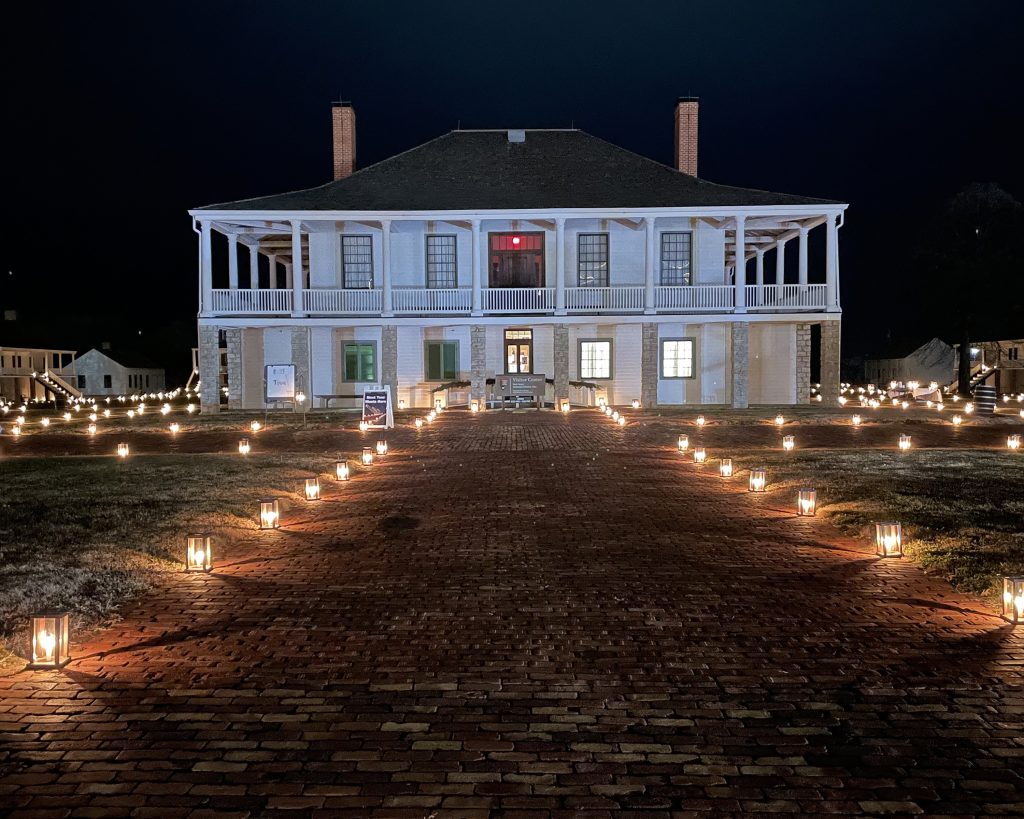
Today, November 1, is the first day that tickets for the Fort Scott National Historic Site’s 43rd Annual Candlelight Tour go on sale.
1,000 candle lanterns illuminate the site and reenactors-including participants of the tour- bring the fort to life each year during the candlelight tour. During the tour, one will be immersed in ways people have overcome and learned from challenges and new experiences in Fort Scott.
The event is on Friday and Saturday, December 6 and 7, 2024. Tours on December 6 will begin at 6:30 p.m. and leave every 15 minutes until 9 p.m. On Saturday, December 7, the tours will start at 5 p.m. with the final tour leaving at 9 p.m. Please arrive 10 minutes early to allow time to park, present/pick up your ticket, and get oriented. Participants are advised to please dress for the weather and conditions, as the tour will be outside and on sidewalks.
This year, participants will become frontier soldiers.
The theme is Challenges and New Experiences in Fort Scott. “Each new challenge on the frontier built confidence and led to a new view of one’s life,” Brenner said. “We learn through training and challenge. Each challenge faced at Fort Scott bettered the soldiers, preparing them for the future, and eventually, the next journey in their life.”
“We will be mustering visitors into Company A for the 1st dragoons, giving them the persona of an actual soldier,” Brenner said. “They will be part of the discussion around Fort Scott, preparing for the South Pass expedition, where they were to ride 2,200 miles in 99 days. They will celebrate the holidays with new carols from the 1840s, and then muster out, date-stamping their paper to take home as a souvenir. We are working to have the Grand Hall cleaned up and open, as in years past, for snacks, music, dancing, and to warm up after the tour.”
Dozens of volunteers come together to bring this event to life, including those who enjoy acting.
“We are lucky to have a group of very dedicated volunteers who help with multiple different events and projects at the park,” he said. “We are also working with Angie Bin, the Fort Scott High School’s speech and drama teacher, and some of her students. If you are interested or know someone who is, we can still use your help.”
Please call the park at 620-223-0310 or email us at [email protected] to find out more and become involved.
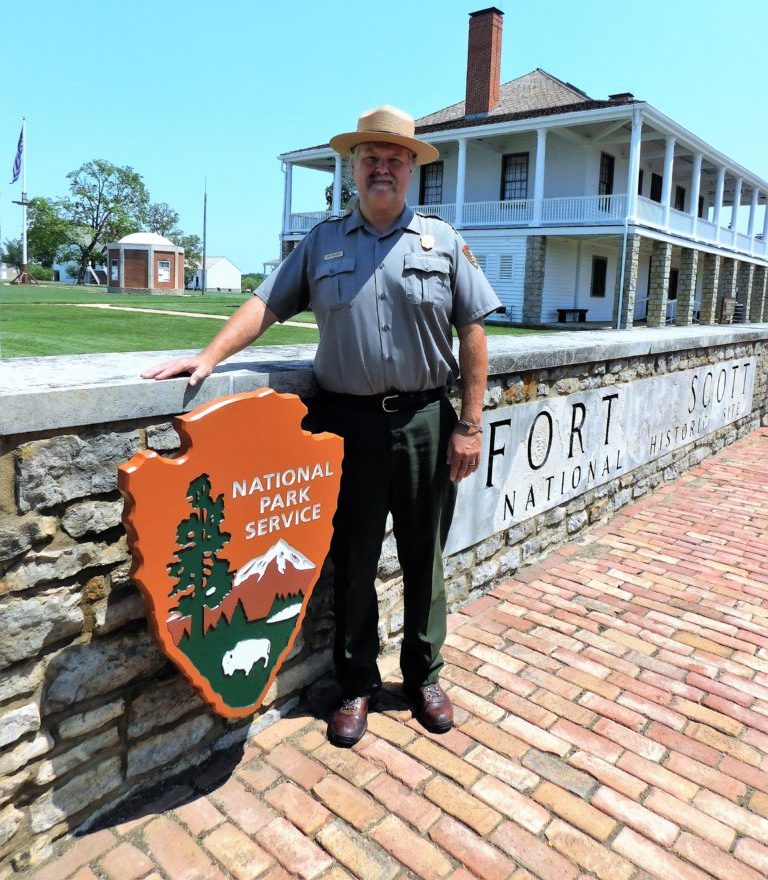
Tickets
Tickets are available by first calling the fort at 620-223-0310 to make your reservation, then log onto https://store.wnpa.org/products/fort-scott-national-hist-site-candlelight-tour, or search for store.wnpa.org and shop for Fort Scott NHS, to make your payment.
FSNHS is unable to take credit card numbers over the phone as in years past, said Carl Brenner, Program Manager for Interpretation and Resource Management at FSNHS(www.nps.gov/fosc).
Tickets can also be purchased at the Visitor Center on Old Fort Blvd. just east of Historic Downtown Fort Scott. They are $8 per person and non-refundable, children 5 and under are free. It is recommended that one gets tickets early to ensure a choice of tour times, as this event frequently sells out, according to an FSNHS press release.
History of the Candlelight Tour
“The Candlelight Tour began as a part of the Holiday Open House program where Fort Scott residents would decorate their homes and open them up to the public for the holidays,” Brenner said. “Fort Scott National Historic Site joined these festivities by decorating Capt. Swords Quarters in Officer’s Quarters #1. When that program ended, we continued with the yearly decorations. It began to grow to include staff and volunteers telling stories about Fort Scott’s history. This continued to grow into the Candlelight Tour. Within the last five years, we have adjusted the program to be more immersive with audience participation. We want visitors to be a part of the vignette instead of looking through a window as did Ebenezer Scrooge. We also encourage visitors to dress up for the tours, preferably in period clothing, for an even more immersive experience.”
About The Fort
Fort Scott National Historic Site is a unit of the National Park Service. The site exhibit areas and visitor center are open daily from 8:30 am-4:30 pm. The park grounds are open daily from ½ hour before sunrise until ½ hour after sunset. For more information about Fort Scott National Historic Site programs or become involved in the candlelight tour, or other activities, please contact the park at 620-223-0310 or visit our website at www.nps.gov/fosc.

|
|
|
|
|
|
|
|
|
|
|
||||||||||||||
|
Bourbon County Inter-Agency Coalition
General Membership Meeting Agenda
The next meeting will be November 6th at 1:00 p.m. in the Conference room at the Scottview Apartments, 315 S. Scott Ave
November 6, 2024

|
|
|
|
|
|
|
|
|
|
|
|
|
|
|
|
|
|
|
|
|
Horton Street is open for the rest of the night. It is not done so please drive careful from 8th Street to Lakin Drive because the west lane is not paved. Emory, Sapp, and Sons will be back in the morning, and they tell me they will have the asphalt part completely done tomorrow, weather permitting or barring problems. So, with that, please use an alternate route tomorrow instead of Horton unless you live on Horton. This helps ESS but also eliminates slowdowns and possible accidents. Thank you, very much and Happy Halloween!
City of Fort Scott
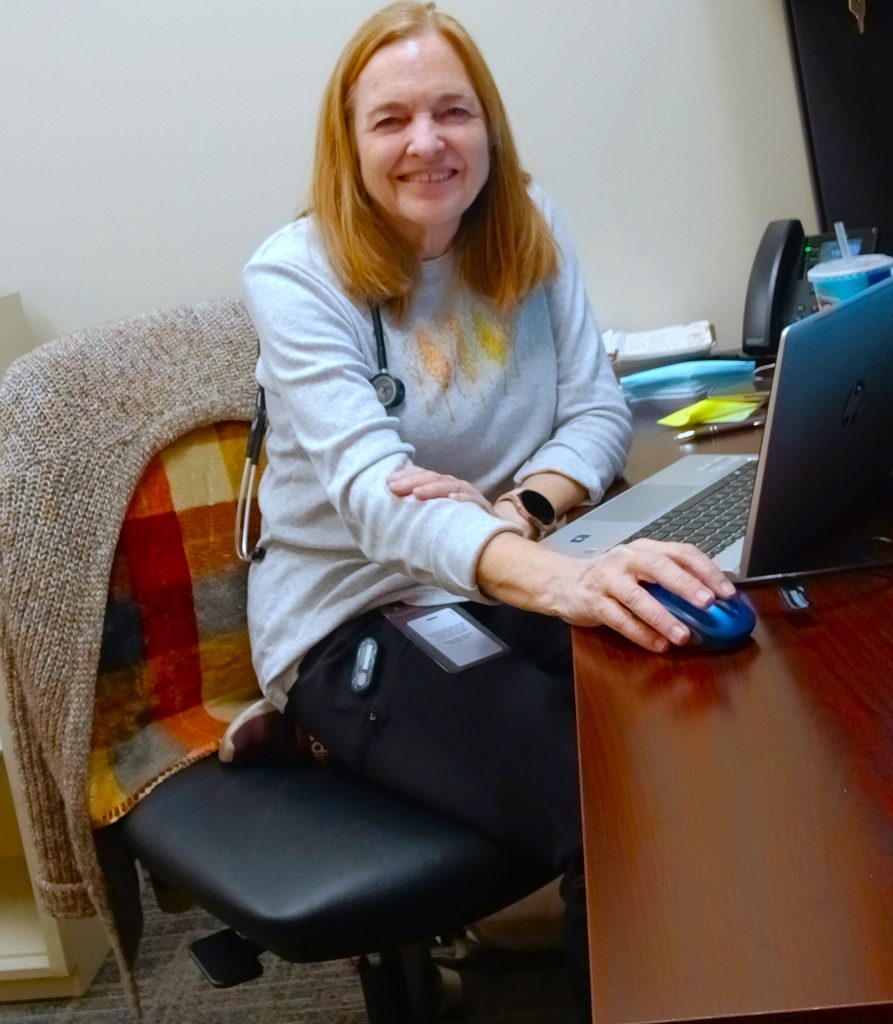
Dr. Mary Jo Flint started on August 26 as a pediatrician at the Community Health Center Of Southeast Kansas in Fort Scott.
Flint earned her undergraduate degree from the University of North Dakota at Grand Forks and taught kindergarten and Head Start classes.
“I was a teacher and enjoyed kids,” she said. “I enjoy watching them grow and working with families….helping them.”
Her decision to go on to medical school at the University of North Dakota was an extension of her wanting to help kids, she said. She graduated from med school in 1991 and completed her residency at Children’s Mercy in Kansas City. She is board-certified in pediatrics through the American Board of Pediatrics and a Fellow of the American Academy of Pediatrics.
For the last three years, she has worked in Tennessee in rural medicine.
With a daughter in Kansas City and a new grandchild, she wanted to be closer to them.
What attracted her to Fort Scott was the mission of the Community Health Center of Southeast Kansas, she said.
According to the CHC website, they transform healthcare by addressing and removing barriers faced in finding quality healthcare, and are driven to provide compassionate care for everyone who comes, regardless of circumstances.
The medical services Flint provides are well checks-preventative appointments with children from birth to 18 years old and their parents- sick visits, developmental screenings, vaccines, x-rays, ultrasound, and mental health screenings.
“I use Evidence–based medicine (EBM),” she said, which is the scientific method to organize and apply current data to improve healthcare decisions. “I am constantly learning. If I find that something isn’t working, I don’t keep on doing it, I try something else.”
CHC has a walk-in clinic on site, 2322 S. Main, that is open from 7 a.m. to 7 p.m. and the doctor’s office hours are 8 a.m. to 5 p.m. Monday through Thursday. Contact Dr. Flint at 620.223.8040 for an appointment for your child.

About CHC
Providing Compassionate Care